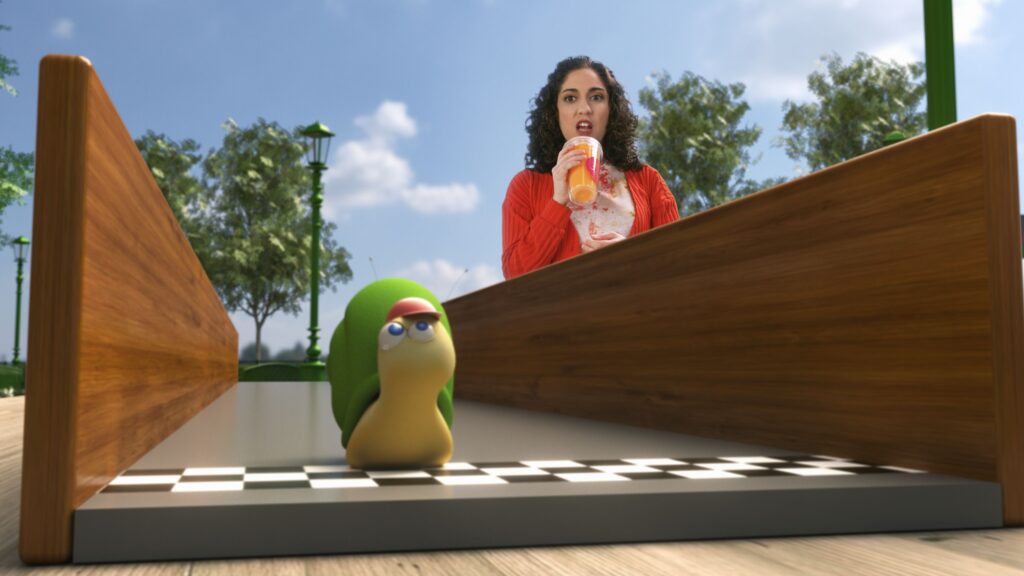Recently, I had an opportunity to work with an amazing group of people on a Virtual Production shoot for an upcoming kid’s show. The production crew was second to none but they were new to the Virtual Production workflow, so I was excited to see how they along with the HTC Vive Mars Camtrack held up throughout the day.





At first, I was a bit concerned that we would have to constantly reset the tracking system and base stations due to changing camera lenses and lights but with the recent introduction to the HTC Mars tracking system, I was able to develop a rather fast and efficient workflow for mobile virtual productions. Along with the help of a very seasoned film crew, we wore able to set up and shoot a full show in a day, all in real-time.
The advantages of a virtual production pipeline are that you can reduce the footprint of your production down to the size of the stage.
-Rick Heinrichs
Also, the more experience I have with real-time productions, I’m finding that greenscreen is far from being obsolete for a rear project or volume projection system. Now, I would like to say, that I would NEVER use any other keyer for real-time productions other than Ultimatte 12 4k and the correct camera helps as well. We used the Sony FX9 but had genlock issues due to how the camera converts the genlock/sync to another fps…strange. We did find that the ARRI Alexa works great, along with the RED Dragon.

As of right now, Im testing the Panasonic BS1H which is perfect for a multi-camera setup seeing that you can link several cameras together with genlock and timecode, which is one of the main keys to a successful virtual production.
I have several virtual production shoots in the coming months and I hope as the tech progresses we’ll find more efficient tools and techniques that will assist in refining the workflow.

Thanks for checking out this post, I hope it had a bit of interesting info, please check back soon as I will have more info on what equipment I use and how I use it in my day-to-day productions. Until then take care!